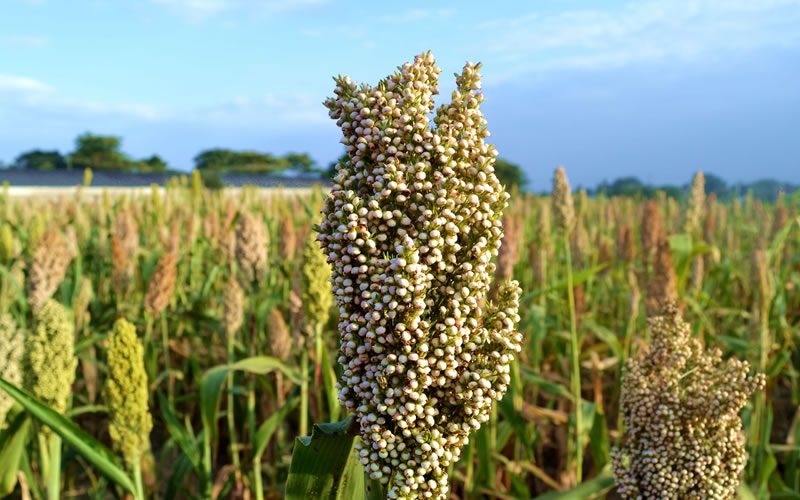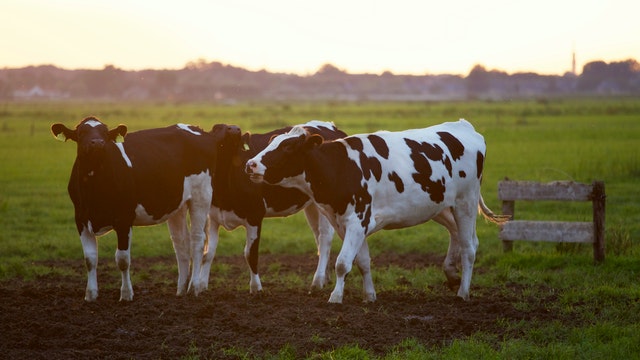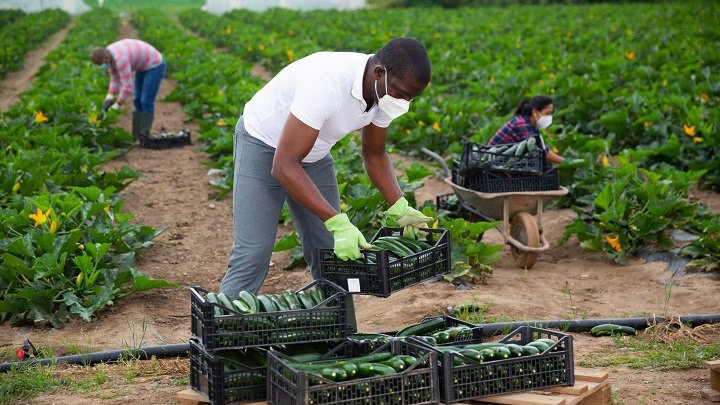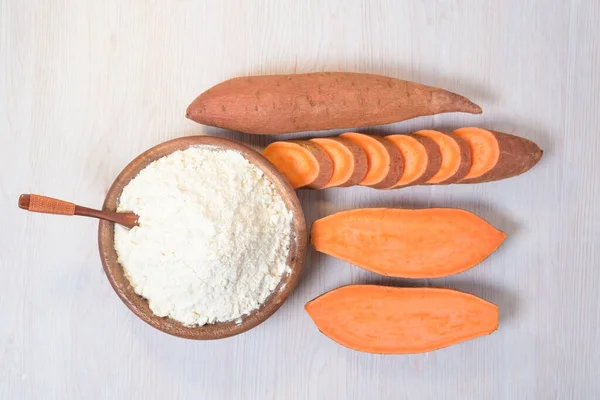Are you wondering how much money you can make farming sorghum in Kenya? In this post we will give you all the vital details you do not know about this profitable crop. It focusses on key tips on the best varieties, fertilizers, uses and prices among others.
The sorghum (mtama) crop is the Kenya’s 5th most important grain crop. Its given most attention after maize, wheat, rice and barley. There are many reasons to grow this versatile crop given its many features and benefits. Some farmers grow it as a cash or a food crop. In other regions, others grow it as grain or animal fodder for their animals. Other 7 reasons of why you should grow sorghum include;
- sorghum is resistant to waterlogging, fairly drought tolerant and yields are reasonably better performing in infertile soils compared to other cash and food crops such as maize.
- The crop has a thriving ratooning ability giving you harvests beyond one season and available fodder during the dry season.
- Sorghum grains has multiple home and industrial uses and can be boiled or baked, ground for porridge, malted for beer or even popped for snacks.
- Available market for the sorghum for the cereal’s high demand by breweries and household consumption as it’s a leading preference for flour blending especially by healthy conscious and diabetic consumers.
- Presence of many private & public players as well as NGOS such as, ICRISAT, KALRO, AGRA, Africa Harvest, IFAD, FtMA, EAML, EABL, FAO, Nuru Kenya among others that support development of the sorghum value chain in Kenya as both cash and food crop.
What is the cost of farming 1 acre of sorghum in Kenya
In this section we will give you estimated profits and costs of farming sorghum in Kenya. The post looks into seed selection, land preparation, soil management, seed rate, spacing and inter-cropping, weed, pest and disease management, thinning and gaping, harvesting and post-harvest handling
According to a 2019 study, the national average gross margin for farming sorghum in Kenya per acre is Ksh 13,700. The study estimated the sorghum production costs being Ksh 26,800 as shown in the table below. These are spent in sourcing farm inputs such as planting seeds, fertilizers and agrochemicals. Rest is used for land preparation and labor.
A farmer in Kenya can make an average income of Ksh 40,500 per acre. This is after getting the product of yield and average prices per kg. This assumes an average yield per acre of 1350 Kgs of grain. With an average price per kilogram at Ksh 30 in major growing areas.
| Description | Cost |
|---|---|
| Costs of Production | |
| Land preparation | 5,500 |
| Seed | 700 |
| Fertilizer | 6,000 |
| Agrochemical | 1,500 |
| Labour | 10,600 |
| Gunny bags | 1,500 |
| Transport | 1,000 |
| Total Cost of Farming | 26,800 |
| Yields (Kgs) | 1,350 |
| Price Ksh/Kg | 30 |
| Sales Revenue | 40,500 |
| Gross Margin | 13,700 |
Where to grow Sorghum in Kenya?
You can grow Sorghum in any of Kenya’s counties. However, for the best production, this grass crop thrives best in following conditions
- An altitudes of below 1500 mm ASL.
- Warm temperatures ranging between 15-35 degrees
- 400-650 mm rainfall range.
- Soils that are fairly fertile
The above conditions are present in many counties, A recent study concluded the leading counties for sorghum production being Siaya, Kisumu, Homabay, Migori and Busia counties in Western Kenya. West Pokot and Baringo counties in the Rift Valley and Kitui, Machakos, Makueni, Meru, Tharaka Nithi counties in the Eastern region.
Which is the best sorghum variety to plant in Kenya?
For sorghum seed selection, there are about 9 main sorghum varieties that are popular in Kenya. The sorghum seeds has a maturity period that varies between 3 and 7 months. These key varieties include gadam, serena, seredo, KARI mtama 1, KARI mtama 3, IS76#23, KAK 7780 among others.
The table below is a summary of some of these seeds.
| Seed Variety | Altitude range (MASL) | Maturity Period | Grain Yield (T/ha) |
| Kamani | 500-1800 | 90-100 days | 3.5-4 |
| SC XH 101 (Chromatin) | Low- medium | 3.5- 4 months | 3-5 |
| ADV 7431 (Advanta Seeds) | 450-650 mm rainfall | 68-115 days | 3.2-3.8 |
| Kak Sweet Sorgh 1 | 500—1800 | 4-5 months | 2 |
Land preparation
Land preparation for sorghum farming is done either by hand or by oxen. Manual labor can be hired, or one relies on household’s or family members. The key land preparation activities for sorghum farming are;
- Manure Basal Application; apply at least 1.2t/ha of well decomposed farmyard manure to be integrated in soil during ploughing.
- Ploughing; To be done during the dry season to take advantage of early showers. Ploughing should be done to a good depth.
- Furrowing: form furrows at 0.5 meter rows where you will sow sorghum seeds to conserve soil moisture.
Best Fertilizers for sorghum growing in Kenya.
Sorghum plant does well in fairly unfertile soils. To get more yields, farmers are advised to apply farmyard manure and fertilizers. As a smart commercial farmer, you will first need to test you soil and apply fertilizers based on soil analysis results and recommendations
Farmyard manure basal application should be done at 12.5 tons per hectare to get an extra yield of up to 30%.
For high grain yields, it is recommended you apply 40Kg of phosphorous/hectare and 80Kg of Nitrogen/hectare. Half of the recommended fertilizer should be applied while sowing and the remaining half should be applied 30 to 40 days after sowing.
Intercropping.
Most sorghum producers in Kenya do it on a small scale. They do it in less than one hectare of farming for subsistence farming. Given the high crop needs in the small land sizes, sorghum production is mostly done it in an intercrop system of sorghum legume contrary to the recommended pure stand.
The most common crops intercropped with sorghum in Kenya are pigeon peas, cowpeas and green grams. It is promoted as a climate smart technology to boost farmers yields and income.
Which are the key challenges affecting sorghum farmers in Kenya?
Kenya produces about 250,000MT of sorghum annually with an average productivity of 1MT/HA. This productivity is lower than her neighbors. The country faces a supply deficit and still imports some sorghum for her industrial use and some for-household consumption especially from Sudan, Ethiopia and Tanzania. The reasons identified by recent research for these poor yields are;
- Constraining tax policies such introduction of the 50% excise duty on alcoholic beverages that depresses consumers demand and entire sorghum chain in general.
- Climate change risks such as high temperatures, low and erratic rainfall, and prolonged droughts causes producers huge losses.
- Farmers heavy use of traditional seeds and poor agronomic practices leads to poor productivity.
- Overreliance on rainfed sorghum production has made the supply of the highly demanded commodity unreliable especially during the dry incidences.
How can you make more profits in Sorghum farming in Kenya?
- Use of certified improved seed varieties can ensure high sorghum yields for farmers facing erratic rains and incidences of droughts
- Consider the Sorghum contract farming such as one between the EABL and farmers. The off-taker will supply you with quality inputs, extension services to farmers as well as a ready-to-buy market of sorghum at guaranteed price. in some instances, you may enjoy a check-off system. Where the buying company will deduct costs of services and inputs from the overall prices



